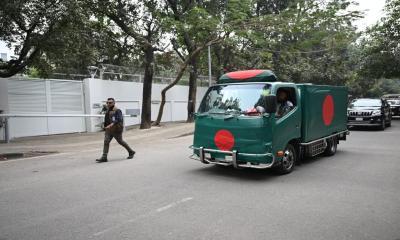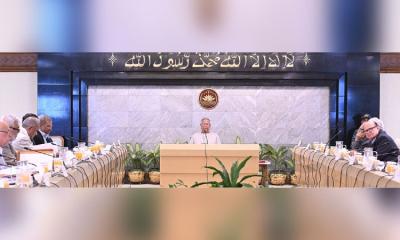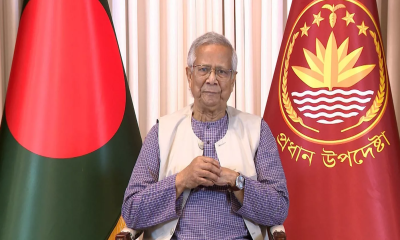The inflation rose again in February after five consecutive months of declining trend amid depreciation of taka against US dollar.
According to the Bangladesh Bureau of Statistics (BBS), food inflation also increased along with overall inflation. However, non-food inflation remained unchanged.
The statistic shows that overall inflation rose by 8.78 percent in February. In January, overall price inflation was 8.57 percent.
In February, 8.19 percent of inflation was in food and 9.98 percent in non-food products. At that time, there was a 7.98 percent inflation in food products and 9.61 percent in non-food products in the city.
In August last year, inflation rose to over 9 percent. That rate of inflation was the highest in the last 11.9 years (144 months). In May 2011, the highest rate of inflation was 10.20 percent. Then inflation never exceeded 9 percent.
After August 2022, the inflation rate continued to decline again. In January this year, it decreased by 8.57 percent.
On the other hand, according to the latest inflation estimates, inflationary pressure is still higher in rural areas than in urban areas.
In February, the overall inflation rate in urban areas was 8.75 percent, while in rural areas it was calculated at 8.80 percent. In addition to overall inflation, the rate of inflation in rural areas was higher in both the food and non-food sectors.





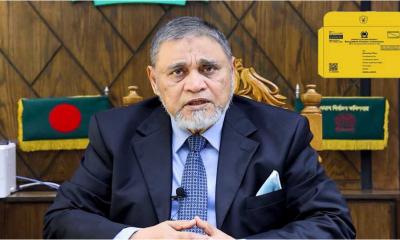

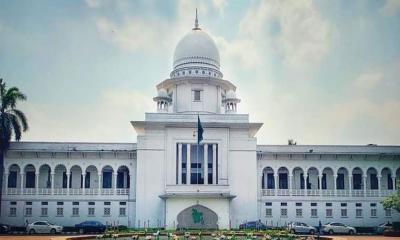
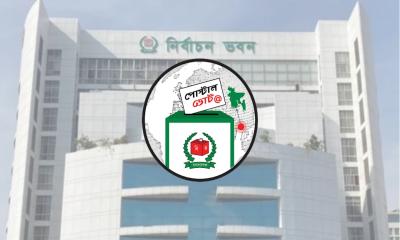
-(25)-20251122062715-20260105041159.jpeg)
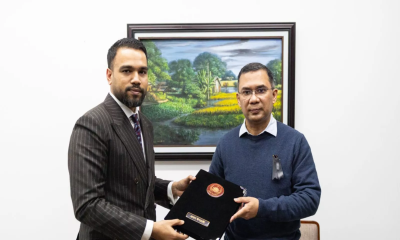
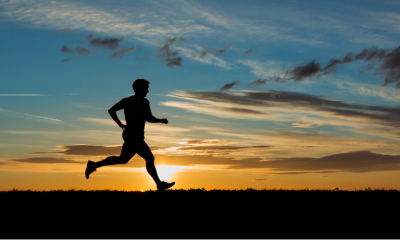



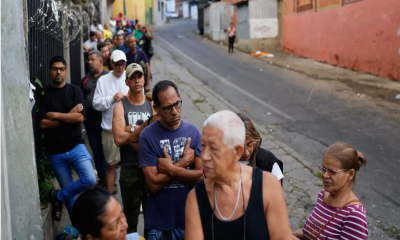
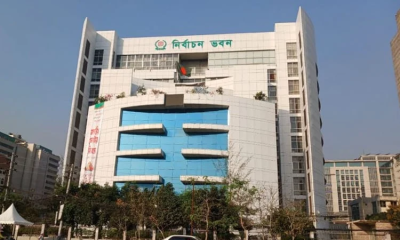

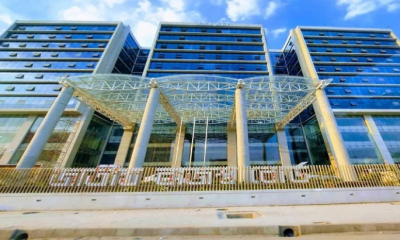
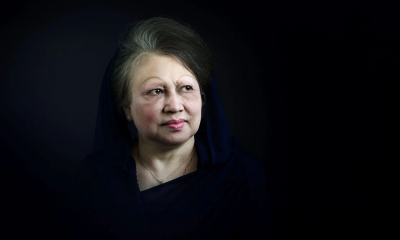
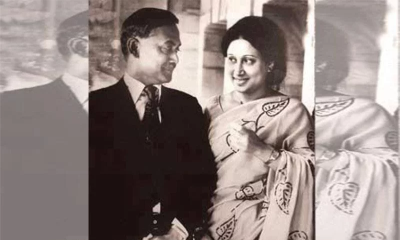
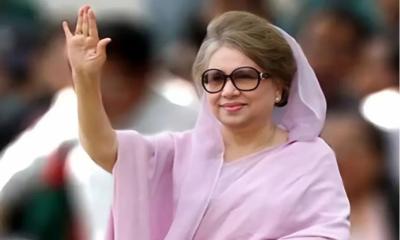
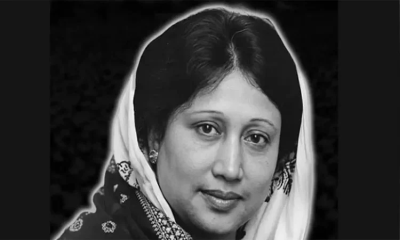
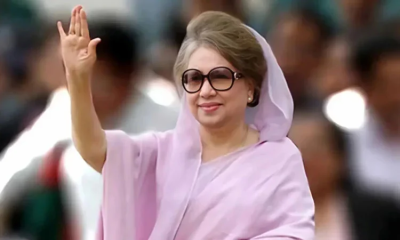


-20251229113834.jpg)
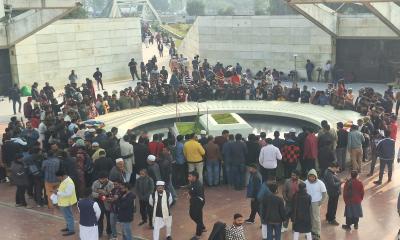
-(2)-20260102070806.jpeg)

